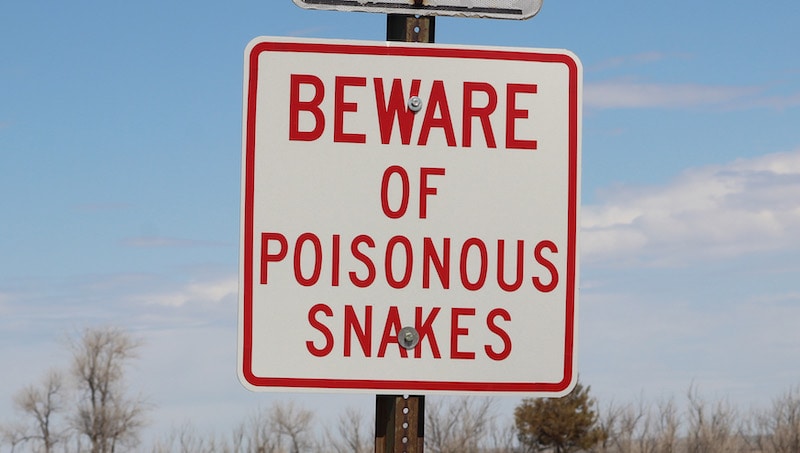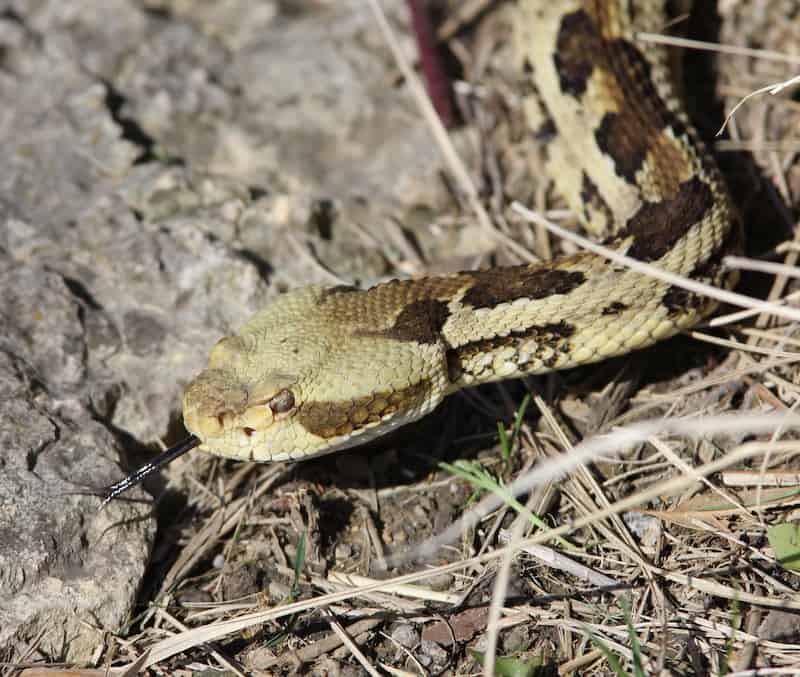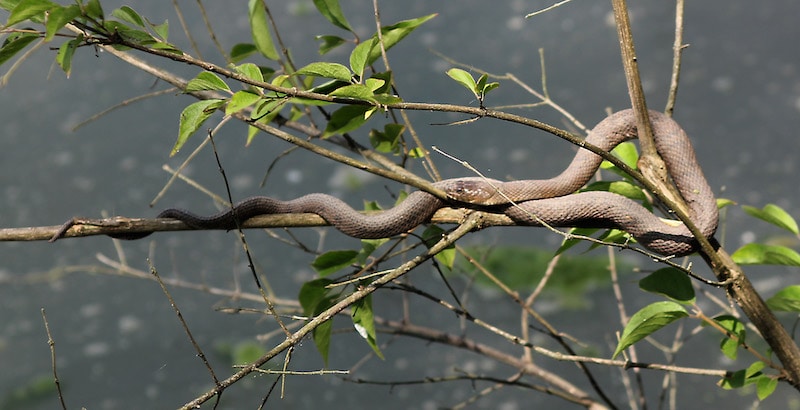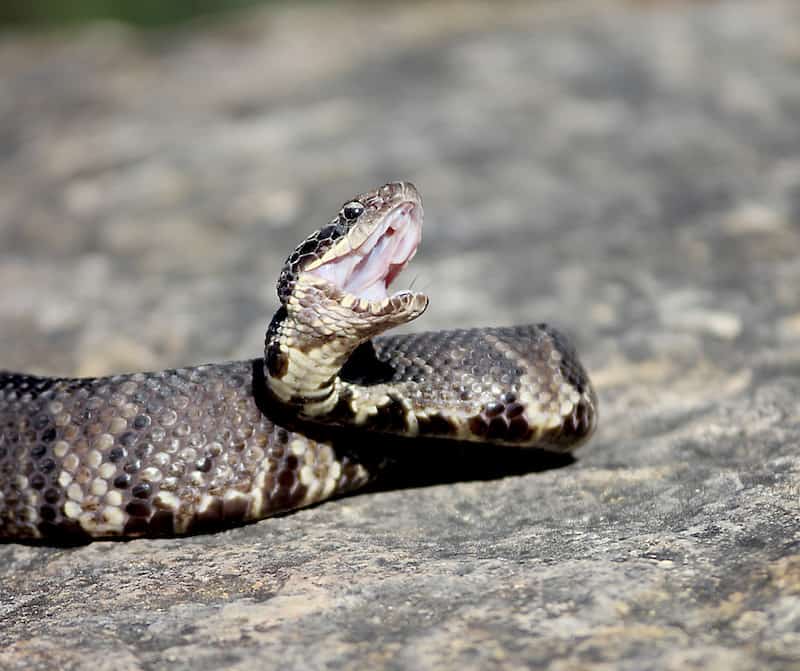The Battle Of Shark Tooth Creek
Hand-To-Fang Combat In South Carolina
As I sit here in the throes of my annual late-winter “This Year I’m Gonna Do EVERYTHING!!”-planning session, I was reminded of a different kind of hunt I experienced several years ago about this time. Even though I’m currently plotting to fish, hunt, camp, travel and visit the shooting range during every available waking hour in the next six months, I decided not to repeat the particular adventure I’m going to share.
Setting the Stage
The field of battle was near Charleston, South Carolina. A close friend lived near the historic city and was an active outdoors enthusiast. I shall be no more specific because I belatedly realized years later he was actually Satan’s eastern region vice president of sales and marketing, but at the time, we were friends. Our family was visiting in late February, and as the saltwater fishing had been slow, we decided to come up with a family-friendly outdoor activity to fill our day.
The Lowcountry region of South Carolina offers an almost limitless supply of adventure and history. As we discussed the options over breakfast, our friend and tour guide suggested one unique activity you certainly can’t partake in my neighborhood — fossil hunting, specifically for prehistoric shark teeth.
The southeastern United States has not always been covered with condos and strip malls. Millions of years ago, oceans covered the area, which made it much easier for fish to purchase souvenir t-shirts. Some of these fish were giant sharks known as the Megalodon. When the huge sharks died, their teeth ultimately became fossilized and are now highly-prized treasures.
Tooth Time
In fact, if you talk to any avid shark tooth hunter today, they’ll claim they know a buddy who found a flawless tooth and now owns a palatial estate outside Summerville along with six congresspersons. In reality, the 4” teeth generally sell for $200-400 dollars, which is still a nice payday if you find one. This is why people sometimes do silly things to find the teeth.
Due to erosion in coastal areas, megalodon teeth can frequently be found lying on the bottom of local waterways and the beach, along with other fossils such as whale baleen. Finding the teeth is simply a matter of poking around the sand, sediment and gravel until a tooth is found. In our case, we were armed with cheap plastic spaghetti colanders and garden trowels to help sort out the detritus from trophies.
We later discovered we might have technically needed a special Hobby License from the state to collect fossils underwater, but our friend didn’t worry about such trivial things. However, if you plan to try your hand at this hobby, make sure you understand the current laws.
The raiding party consisted of my son, a nephew, our friend and your faithful correspondent. Our destination was a small brackish tidal creek next to a shopping center right in the heart of Suburbia. We parked and geared up.
Game Time
After winding through the tall weeds bordering the stream to the stares of shoppers rushing into the shoe store, we stepped into cold, tea-colored water. My nephew pointed out a snake had just dropped into the water from an overhanging brush.
I greeted this news with little enthusiasm, and it was this moment when our friend off-handedly mentioned the abundance of venomous water moccasins living in the creek. He had conveniently omitted this critical factor during pre-trip discussions. Had I looked closer, I’m sure I could have seen him patting his horns back down into his scalp.
The tide was dropping rapidly, and soon, the water was only ankle-deep. Our party spread out along the creek for a hundred yards and set to work like a knot of Alaskan sourdoughs panning for gold.
About an hour later, my nephew was sifting around a rock pile and suddenly shouted, “Snake!” I walked cautiously downstream, hoping it was a harmless member of the local reptile fraternity. After a few seconds of looking where he was pointing, I suddenly saw not an ordinary water snake but a viper as thick as my forearm with the unmistakable triangular head of a water moccasin. I greeted this discovery without much enthusiasm.
As someone who doesn’t live in water moccasin range, this snake species holds a special sort of terror handcrafted by the horrifying tales told to me by countless fishing guides and buddies from the south. I’ve had only had a few close-range sightings of the surly reptiles and then only from boats and cars. I was now standing in shallow water with one of the damn things only 15 feet away.
I whistled for our friend — the person who got us into this fix in the first place — and he splashed over. As I tried to hustle the youngsters up the creek bank, our friend considered the options and then grabbed a stout stick lying nearby. As a veteran of many other of his adventures, I knew where things were headed.
Combat!
A chunk of limestone rip-rap about the size of a cabbage lay at my feet, so I hefted it as a last-ditch weapon to repel unauthorized borders. Meanwhile, our tour guide measured up the situation then leapt forward to stab at the snake with the stick, attempting to pin its head to the creek bottom. He proudly announced himself successful until I pointed out the fist-sized snake head was now next to the stick. The moccasin appeared to be gathering up like a spring. It then struck.
I have seen snakes strike, and it is an unbelievably fast movement, like an uncoiling steel whip shooting forward and then returning within the blink of an eye.
However, probably even more impressive was our friend’s response. He was a big, barrel-gut man pushing 70 and moderately burdened by bad knees along with other age- and lifestyle-related infirmities. Despite all this, he still managed to move backward in a lithe ballet-like leap as the snake lunged towards his legs. Recovering faster than an NFL all-pro cornerback, he went on the offensive, stabbing at the snake until it pressed the attack, and they began a series of feints. For a few seconds, he and the snake thrust and parried back and forth in an aquatic — and possibly deadly — fencing match.
Other fossil hunters were in the creek and must have wondered why a large man in rubber knee boots appeared to be doing a watery Flamenco dance with an extremely thin partner. Finally, during a brief pause in the action, the reptile saw an opening and retreated upstream, swimming with absurd speed.
Deciding we had punched enough fun tickets for one morning, we gathered up our tools and teeth, washed out our undergarments and left the creek. During the ride home, we talked and chattered, giddy with the adrenaline-fueled good cheer which follows a close call at the hands of self-induced danger.
Once again, we had escaped our own stupidity — at least until the kids told my wife and her sister about The Battle of Shark Tooth Creek.
Want more online exclusives from GUNS Magazine delivered straight to your inbox? Sign up for our FREE weekly email newsletters.







